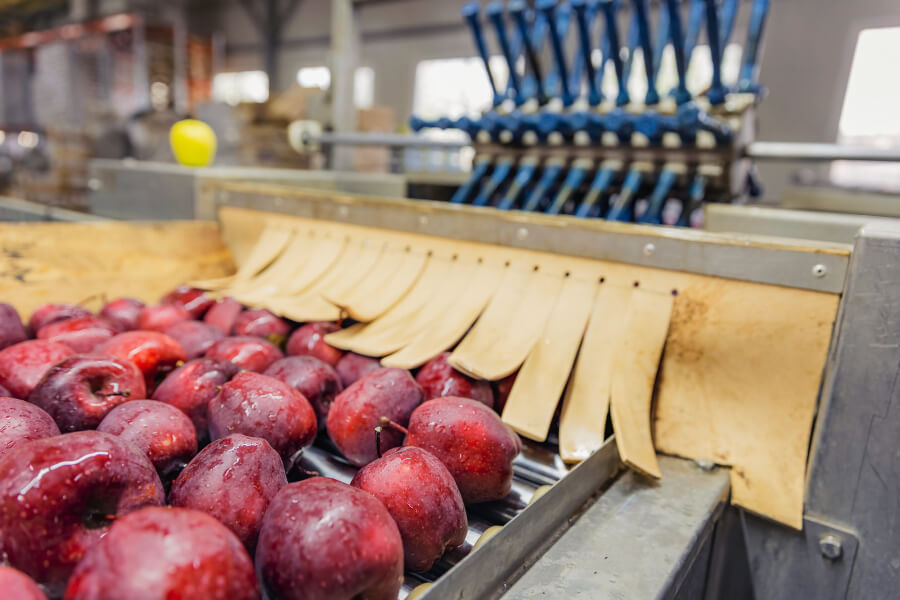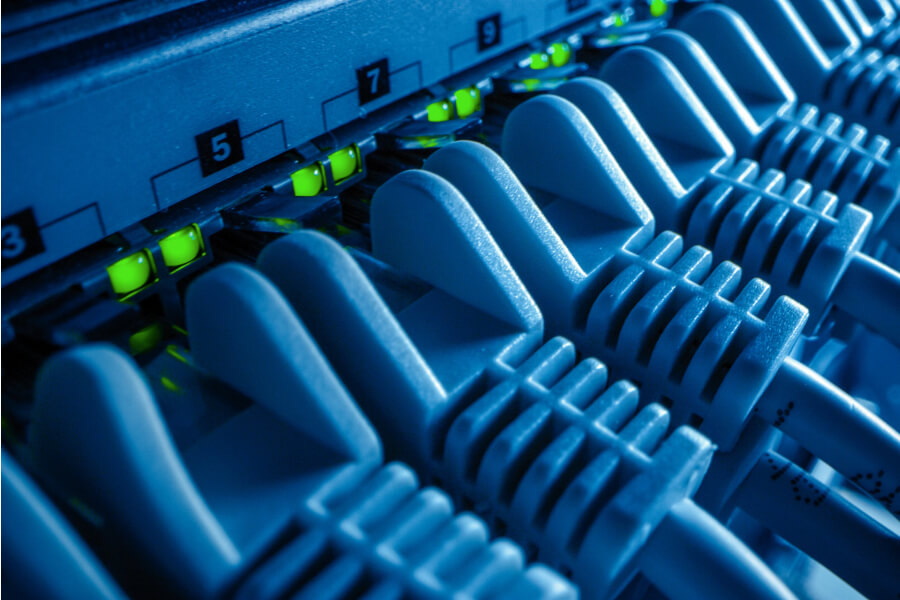
Cleaning and sanitization are vital in any workplace that processes food. The equipment used in a food processing facility needs to be free of food residue and debris, and sanitized properly. Bringing a food processing environment into compliance for inspection is a must for both health and safety reasons. Let’s take a look at how to clean and sanitize food processing equipment.
How is Food Processing Equipment Cleaned and Sanitized?
Proper cleaning and sanitization of food processing equipment takes place in stages. From beginning to end, it will be a controlled process to bring together a safe environment with a detailed cleaning project.
The entire process can be broken down into 2 main stages of cleaning: dry and wet. Safety needs to be considered during both cleaning periods, too. Protection should be worn throughout the cleaning process – gloves, eye protection, and aprons or protective smocks. Footgear or rubber boots can also be considered.
Basic Steps for Cleaning Food Equipment
Food cleaning equipment needs deep cleaning and sanitizing on a regular schedule. Wet and dry cleanings can be tied to one another for a precise and consistently-clean processing facility. Let’s discuss each more in depth.
- Dry Cleaning This cleaning process involves using tools to clear away food debris, both wet and dry. The debris can be brushed away, scraped, or wiped away with hands or disposable towels. Once all the food remnants are removed, equipment that can be disassembled should be and then all the parts placed in a sanitary location. From this point, everything needs to be wiped down with sanitizing solutions. This solution is designed to eradicate bacteria and contaminants, and shouldn’t be dried off, but left to air dry.
- Wet Cleaning Similar to the dry cleaning process, food debris and remnants need to be scraped, wiped, brushed, or vacuumed away from all the equipment. Often wet cleaning will be used for cooking and food production equipment that can get wet. For example, mixing containers, utensils, cutting boards, and other tools should be wet-cleaned and sanitized with a specialized solution. Tables, countertops, floors, and walls aren’t technically considered equipment, but should be cleaned in a similar fashion to provide a thoroughly-sanitized workspace.
- Electrostatic Cleaning This is a third – and optional – process that can boost the cleaning results and provide a disinfected environment that is safe and clean to address all difficult-to-reach areas while supplying an exceptional clean for food processing environments.
Wet Cleaning Solutions
Using specific solutions like bleach- or an ammonia-derivative properly will tackle the hardest-to-kill bacteria and germs in a food processing environment. Proper mixing and testing of the solutions while also replacing the solutions as necessary during the cleaning processes will provide the best results.
Dry and Wet Cleaning Methods in the Food Industry
All areas of your food processing plant need to be extremely clean and free from food and grease to pass inspection and avoid the potential for food contamination. Regular cleaning and scheduled sanitizing processes, either wet or dry, will keep a food processing facility safe and healthy while passing inspections. This schedule and attention to detail will keep the facility running smoothly without interruption.
When You Need a Consistently-Clean Food Processing Business
The easiest way to keep your food processing workplace clean on a regular basis is to hire a professional team to clean. Let us do the cleaning work for you – either on a regular schedule or for your one-time cleans. Click here to learn more about the janitorial services we can help you with.
Our professional cleaning staff is bonded, insured, and maintains OSHA compliance. We are happy to clean your workspaces in your fitness and recreation centers, schools, healthcare facilities, churches, and many more work environments. Please contact us online or call us at 571.451.0441 for answers to your cleaning questions and to schedule your personalized janitorial cleaning estimate today!



